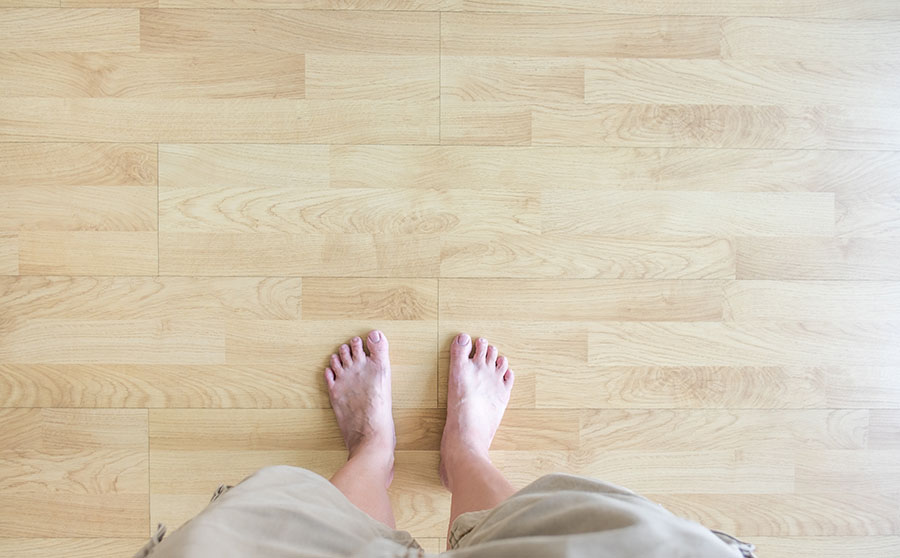With VeDA’s National Balance Awareness Week upon us, I would like to share a technique we use in the clinic with our vestibular patients who have poor confidence in their balance. The patients we use this with could have a vestibular pathology, visual sensory issues, or (balance issues related) compensation related to joint or spine injuries, though we all could benefit from practicing grounding exercises. Some forms of exercise like yoga and tai chi naturally demand a grounding strategy and we have evidence these improve balance and can play a role in the prevention of falls.
As you may have read in our Monday WWSPT blog, “Why We Lose our Balance”, by Dr.Greg Synnestvedt PT DPT, balance is a complex multisystem task needing input from the visual, vestibular and postural systems. Depending on the task, the input needed from each can change, for example, walking in the dark needs more vestibular and postural input since vision is not effective.
The practice of grounding begins with being aware of our feet and how we use them to grip the floor during different activities. Our toes and feet should grip the surface, essentially holding on as we reach or bend forward and our center of gravity shifts. Weakness in our feet or loss of sensation like in neuropathy can affect our ability to use our feet to help us balance.
Let’s try it. To be safe, try this near a wall or in front of a chair if you are unstable
- Standing with bare feet, grip the ground with your toes and muscles of the feet and hold for 10-15 seconds. This sends more neural input all the way to your brain, lighting up the postural pathways to your brain, and visuovestibular pathways.
- Begin to shift your weight forward to your toes and backward to your heels with the same gripping the ground. Begin with small movements and as you feel able, lean more to the edge of falling. Repeat 10-20 times
- Next, try to shift your weight from side to side onto the lateral part of your foot. This should include hips moving but not involve leaning the trunk. Begin with smaller movement and as you feel able to shift more.
- Once you feel comfortable with those, try moving clockwise in an oval gripping the ground. Shifting weight to toes, right side of the foot, then heels, and finally left side of the foot. Do this in a controlled smooth motion paying attention to how much your feet and lower legs are contributing. Complete 10x and then reverse to a counterclockwise direction 10 x.
- Now that you have a feel for making your feet and legs stronger with simple balance, try just standing with your eyes closed. You will feel your feet automatically have to work harder without vision to help. You may feel like you’re swaying. Begin grounding with your feet and hold for 30 seconds (now you can appreciate how much vision contributes to balance) If you did well with this, then begin the clockwise and counterclockwise sway with eyes closed.

There are ways to progress with grounding as you feel more able, remembering to grip the surface
- Perform with good supportive shoes
- Perform with your feet closer together
- Perform on a 2–3-inch foam surface
- Perform on wobble board
- Perform when in yoga poses such as a tree or just when balancing on one foot
- During Tai Chi weight shifting and sequences
These exercises can help strengthen your balance reactions by improving sensory signals to your eye’s ears and cerebellum from your feet!
Light up those pathways that help you Balance!
Wendy Webb Schoenewald, PT, OCS,
WWS Physical Therapy and Vestibular Rehabilitation,
Doylestown, PA.
(215) 489-3234
